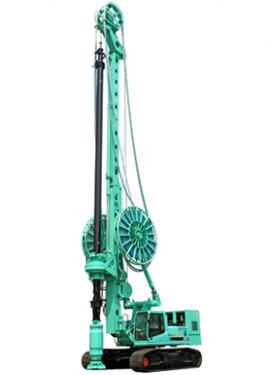- +91 788-831-3160
- beantpreet183@gmail.com
- md@rawelsinghco.in
- bd@rawelsinghco.in
- Mon - Fri: 9:00 - 18:30

Piling is a type of ground treatment which is driving a pile into the ground below ground level. Except sheet pile, other piles like concrete pile, timber pile, steel pile, bored pile are used to transfer the building load or superstructure load to the ground. It’s used to strengthen the soil so that the ground able to support the load of the building or superstructure load.While sheet pile is usually used by piling construction service in India to support lateral load and act as a supporting wall.
A range of steel sections can be used for piles. The most common are tubes, universal columns (or H piles) and rectangular hollow sections. Driving piles, as opposed to drilling bores, can be advantageous because the soil displaced by driving the piles compresses the surrounding soil, resulting in greater friction against the sides of the piles, thus increasing their load-bearing capacity. In addition, as driving a pile displaces the soil rather than removes it, there is no cost of spoil disposal incurred. This can be particularly beneficial if the soil is contaminated. A wide range of sizes of steel tube (or pipe) is commonly available and Piling Contractors have experience in driving tubes from 350 mm to 1500 mm diameter with wall thicknesses from 7 mm to 25 mm. Tubular piles can be driven with either an open bottom end or closed end. When driven open end, soil is allowed to enter the bottom of the tube. If an empty pipe is required, an auger can be used to remove the soil inside following driving. If the soil is suitable internal cleaning could also be carried out by water jetting.

Closed end pipe piles have the bottom of the pile sealed with a steel plate or cast steel shoe. When driving through hard strata pile toes may be reinforced with a secondary driving shoe to assist penetration and minimise pile damage. The structural capacity of tubular piles is primarily calculated based on steel strength and concrete strength (if filled). Corrosion can be dealt with by application of protective coatings, by allowing a sacrificial thickness of steel or by adopting a higher grade of steel than otherwise needed. Steel tube piles can either be new steel manufactured specifically for the piling industry or reclaimed steel tubular casing previously used for other purposes such as oil and gas exploration. Most steel tube piles can readily be spliced to provide greater depth capability than a driving rig can accommodate.
© 2023 All Rights Reserved